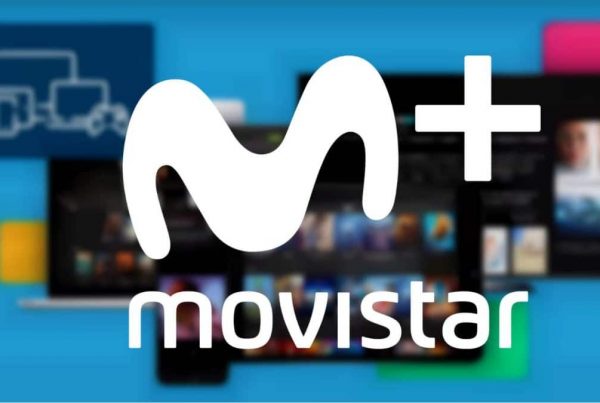Microsoft Silverlight is a platform that allows and supports the creation and presentation of interactive items in browsers and mobile apps. Silverlight is enabled for various operating systems and devices as a no-cost add-on or plug-in and is primarily used for Rich Internet Apps (RIA) or rich media. Silverlight, which is a Microsoft product, is a competitor to Flash Player, Adobe's AIR platform.
General information
Microsoft introduced the first version in September 2007. [1] From the beginning, the tool was designed in such a way that it could be installed on all major browsers and operating systems. Microsoft wanted Silverlight to be a cross-platform tool and thus chose to first restrict the philosophy of proprietary software and hardware that can only be installed and operated with other internal products.
The Silverlight plugin is intended to improve the user experience and, in particular, the display of rich media, that is, multimedia files containing interactive control items. At the same time, the emphasis was on creating a platform that would serve as a framework for developers to create and use interactive content and items and integrate them into different web apps. Silverlight works in this way in the Microsoft .NET environment, which provides several programming interfaces. To use it as a development framework, the respective Silverlight 5 software development kit (SDK) is required.
characteristics
Silverlight can be used in all common browsers: With add-ons for Internet Explorer, Firefox, Safari, Chrome, and Opera, users can listen to and view sophisticated Internet apps such as multiple HD video formats, audio media, animations, and 3D effects. These types of rich media are often characterized by two main characteristics: interactive control items and the fact that a broadband Internet connection must be available. On the one hand, Silverlight allows you to display and play these media. On the other hand, it allows to develop rich media within the framework and integrate them into browsers, mobile apps and different operating systems such as Apple iOS, Microsoft Windows and Linux. For Linux, however, you have to use the Silverlight versions of the Moonlight project that have been configured in the meantime. The main reason for this is assumed to be the fact that newer Microsoft operating systems rely on HTML5 for the display of interactive content.
Importance for SEO
In search engine optimization, incorporating rich multimedia content is an important issue in terms of user experience and accessibility for crawlers and bots. Plugins like Flash, Shockwave and Java make it possible to display such content. Since certain content requires special plugins, it may be necessary to use different plugins to display different content. This, in turn, benefits the user.
Despite everything, many crawlers cannot read and map this content. In this way, it is necessary to give search engines references to the content in the form of metadata. [2] Here, the first step is the declaration of the data type when embedding the Silverlight content. The following is an example of a code for an embedded object:
In addition, other different specifications are required depending on the type of interactive content. For each individual case, each type or object must be labeled in a way that conforms to the related metadata. This also applies to the use of keywords in the title, description, headings and passages of text. For this case, it is very important to ensure that the meta descriptions of the objects used are specified in such a way that they allow the different search engine crawlers to identify the type of content. If Silverlight is used across the web, it is recommended to create a static page with the Active Server Pages Environment (ASP.NET) to ensure that the crawlers can locate the content. In doing this, one must also be careful not to ignore the golden rules of search engine optimization.






